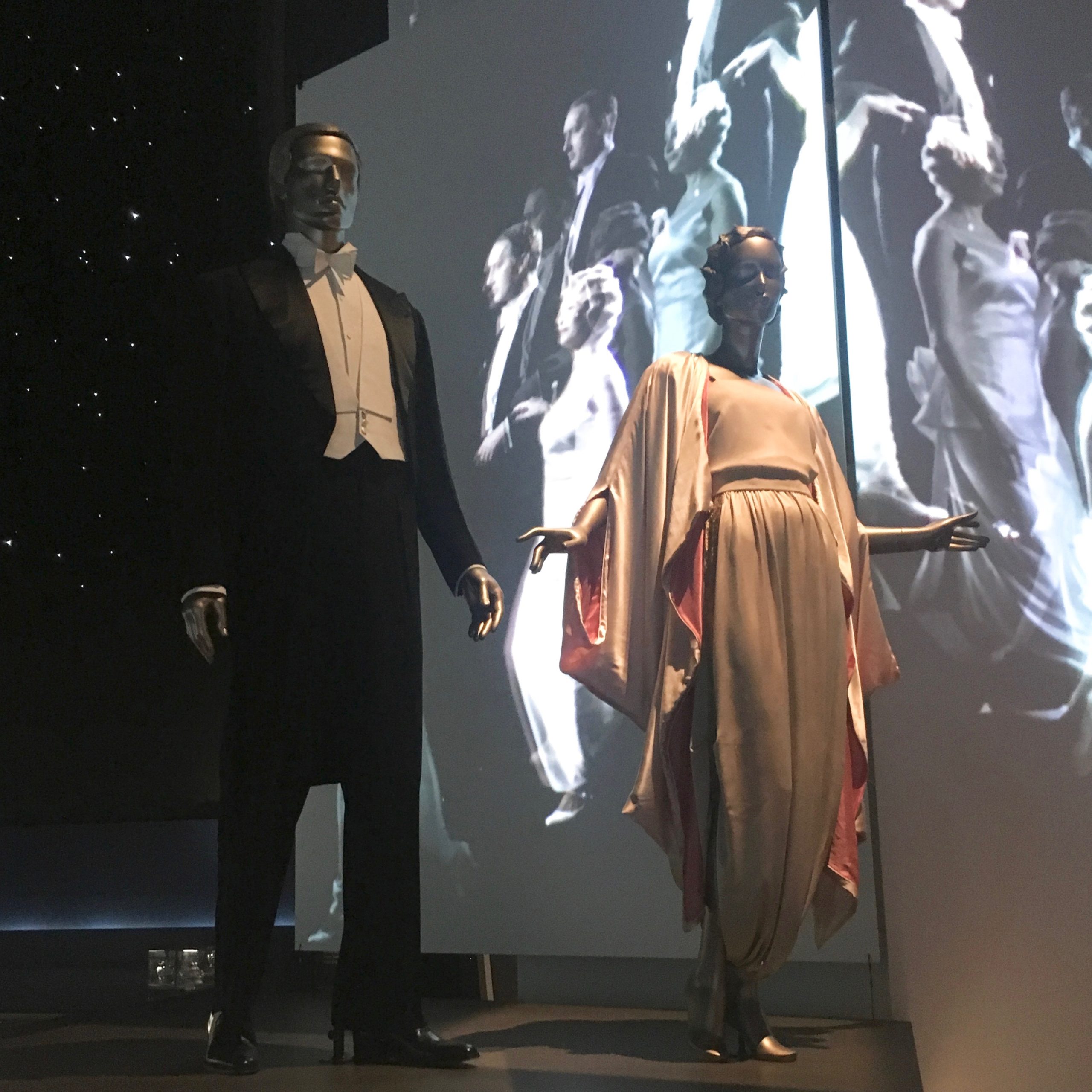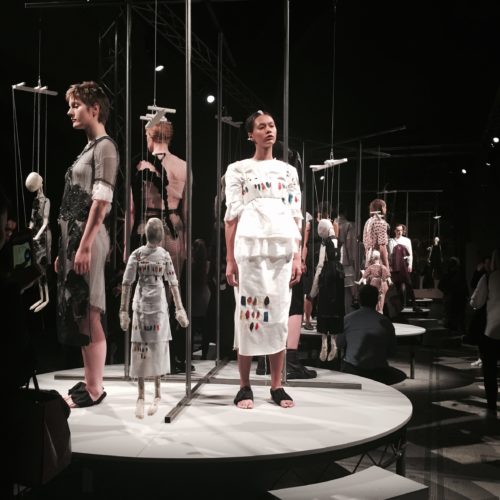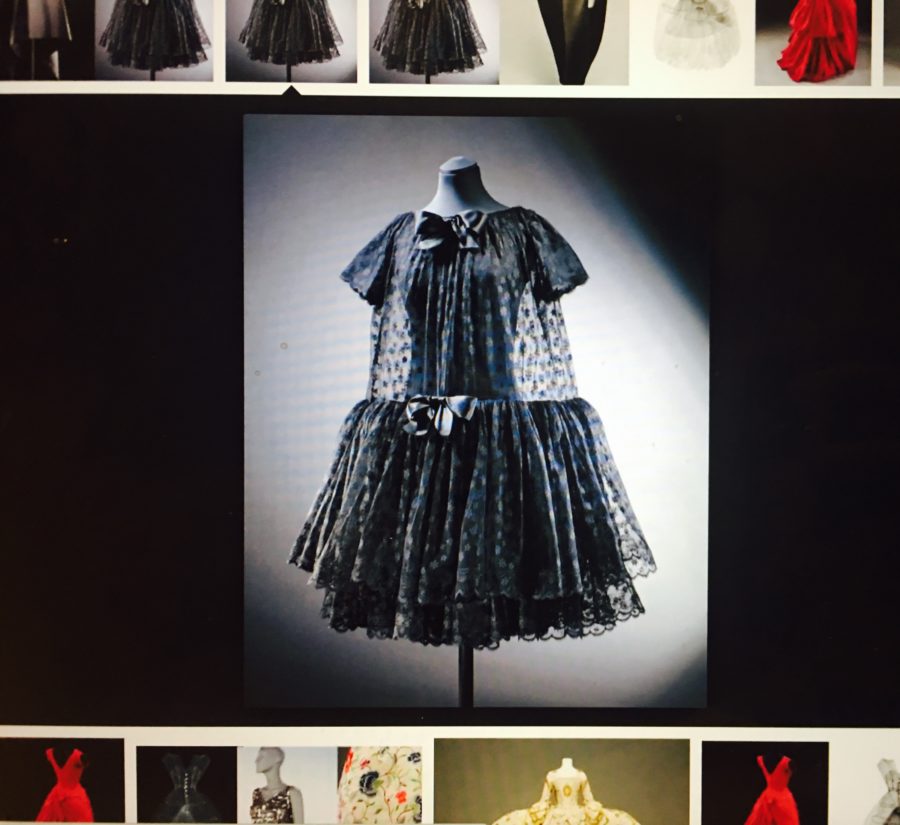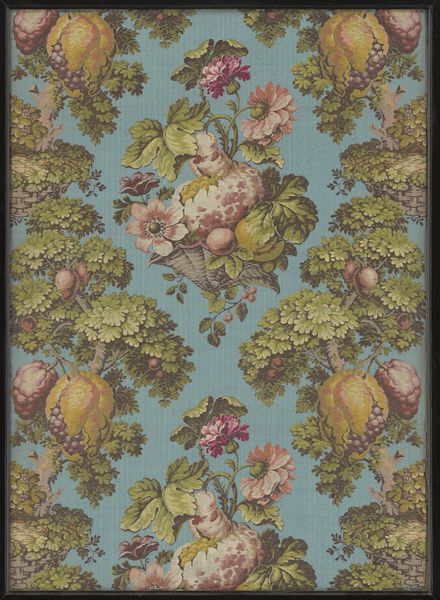The runaway success Frida Kahlo: Making Her Self Up, co-curated by Circe Henestrosa and Claire Wilcox at the V&A Museum, will end on 18th November, two weeks longer than its originally intended run. I spoke to Circe to find out more about the exhibition’s message about the link between dress and disability, the enduring image and spirit of the artist, and the value of fashion curation.

As curator of Appearances Can Be Deceiving: The Dresses of Frida Kahlo at the Frida Kahlo Museum in Mexico in 2012, and co-curator of Frida Kahlo: Making Her Self Up at the V&A Museum, could you talk about how the latter exhibition developed from the former? What did you want to keep and what changed?
Frida Kahlo: Making Her Self Up had its genesis in Appearances Can Be Deceiving: The Dresses of Frida Kahlo. Both exhibitions are based on the discovery of her wardrobe back in 2004. My first exhibition looked specifically at Frida’s construction of identity through disability and ethnicity.
In London, I wanted to expand the materials and we had to adapt the text for a UK audience. For example, when you go to the exhibition in Mexico you go to the Blue House, you learn the context of Kahlo’s life, of the place where she was born, where she lived and where she died.
After you understand the context of her life, then you see the wardrobe exhibition. In London, we had to contextualise her historical and cultural environment mainly through her personal photographic archive and other photographers who captured Kahlo at her house. We also included her paintings. My original research included the paintings, but in Mexico we could only get one painting, so it was very nice to be able to pair the paintings and the wardrobe together for the exhibition in London.
In Mexico, I was fortunate enough to work with exhibition maker Judith Clark who designed the show in Mexico. In London, the exhibition design transports us to Frida Kahlo’s universe, through the work of Tom Scutt, lead designer, as well as Patrick Berning and Matt Thornley, the architects.
What were the biggest challenges and rewards in executing the exhibition at the V&A?
Appearances Can Be Deceiving was a roaring success, and the positive response inspired me to see if there was a possibility for a Kahlo exhibition in London. In 2014 I met with Exhibitions Director at the V&A, Linda Lloyd Jones, who gave the idea the thumbs up. I was very lucky to find someone like Linda, who has always been a visionary.
The next years Linda and I spent trying to obtain as many of Kahlo’s self-portraits as possible from Mexico, other museums and private collections around the world. This was the most challenging part. Anything to do with Kahlo’s paintings is complex and you need to start planning well in advance. It took us four years to plan the whole show at the V&A. Several of the paintings and items currently on display at the V&A, including all the objects discovered in the Blue House in 2004, have never been seen in the United Kingdom before.
The layout and narrative of the exhibition evolved in discussion between the two co-curators. The idea was to start with her early childhood, move to the Blue House, explain her accident and how she managed her life-long injuries and end with her wardrobe, showing how she transcended pain to become one of the most celebrated women in Mexico. To illustrate all this we included a number of self-portraits, numerous photographs, film and sound, and provided context about the political and artistic circles that Frida and Diego Rivera were at the centre of in post-Revolutionary Mexico.

Which item of dress belonging to Frida that is on display in the exhibition do you find most compelling and why?
I think Kahlo’s powerful style is as integral to her myth as her paintings. It is her construction of identity through her ethnicity, her disability, her political beliefs and her art that makes her such a compelling and relevant icon today. Her resplendent Tehuana dresses, striking headpieces, hand-painted corsets and prosthetics masterfully masked her physical impairments but were also a form of self-expression and an extension of her art.
I love all the pieces, but her prosthetic leg is probably my favourite object in the entire archive. I think it is so contemporary. This is one of the most intricate objects in Kahlo’s collection. Frida Kahlo had her leg amputated in 1953. To support her leg, she had these amazing boots made of luxurious red leather decorated with bows and pieces of silk embroidered with Chinese dragon motifs and decorative little bells. She turned her prosthetic leg into an avant-garde object, an accessory that she adopted as an extension of her body. She did this 45 years before Alexander McQueen had Aimee Mullins walking the runway in those amazing wooden carved prosthetic legs in 1998.
The exhibition’s run has been extended and is sold out. The image of Frida is also ubiquitous in contemporary popular culture. What do you think it is about Frida that has struck a chord with the public?
I think Frida Kahlo was ahead of her time. She is the very model of the bohemian artist: unique, rebellious and contradictory, and a cult figure that has been appropriated by feminists, artists, fashion designers and popular culture. But I mainly think Kahlo’s image endures because she was able to break a lot of taboos about women’s experiences, about the challenges to overcome illness and physical injury, both exposing them and working through this trauma in creative ways. This resilience, her fighting attitude and determination to enjoy life despite the difficulties she encountered make her a powerful symbol as she continues to speak to many different groups. Her iconic image communicates strength and the possibility for change. This is the message I wanted to convey in this exhibition.
The conference Frida: Inside and Outside gathered academic experts on Frida Kahlo. What stood out most for you at this meeting of minds? And did you discover something about Frida and/or the link between fashion and disability?
I enjoyed the conference greatly. We had the participation of some of the most prominent Kahlo scholars in London. Academics such as Prof. Dawn Ades, Prof Oriana Baddeley, Prof. Gannit Ankori, Prof Martha Turok, and a great mix of younger scholars and contemporary designers and artists as well. The session of Re-Configuring the Body was my favourite during the second day was by far my favourite one. I was so happy to secure the participation of Celeste Dandeker, Founder of Dance Company Candoco and Sophie the Oliveira, an amazing prosthetics designer in the UK for this session. The session was moving, it was powerful and I think we managed to open the disability debate in a very strong manner. The audiences commented on how inspiring this session was.

As Head of School of Fashion at LASALLE College of the Arts in Singapore, how has your role as an educator informed your curatorial practice and vice versa?
I hope to be able to inspire our students and the team through my work and curatorial practice. We do a lot of curatorial projects across our fashion programmes, we teach it from a theoretical perspective and from a practice-based perspective. I think that if the students acquire the ability to observe, analyse and evaluate objects in their material culture through different lenses, whether they are historical, contextual or structural, they will be able to interpret these objects with coherent narratives that will communicate with different audiences. They need to understand that fashion is about dealing with people, culture, and society, as well as garments and objects. Fashion curation is a very powerful tool to contextualise and communicate fashion.
What advice do you have for students who want to follow in your footsteps to curate fashion exhibitions?
I think they should go for it! We need more young people working in this field.
Are there plans for the exhibition to travel? Any details you could share would be great!
We have many museums that have expressed interest in this exhibition around the world, and at the moment we are exploring the different possibilities.
Interview by Nadya Wang







































